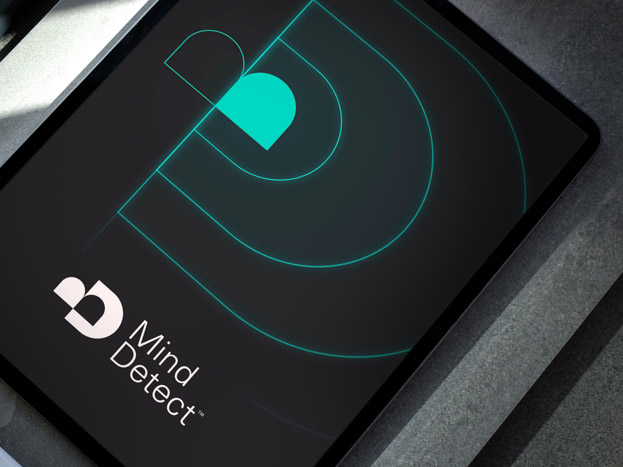Brand Purist, your brand naming partner
Brand Purist is a London-based branding agency working with startups and small businesses globally. We create memorable and impactful brand names that capture your brand’s essence and appeal to your target market. Discover how we can help your organisation grow through strategic and creative brand naming.
What is brand naming?
Brand naming is the creative process of developing a unique and memorable name for a brand, whether it’s a product, service, or an entire organisation.

Why is the brand name important?
-
First impressions and identity
The brand name is typically the first encounter with your business, influencing initial impressions and setting the tone for future interactions.
-
Differentiation in the market
In a crowded market, your brand name distinguishes your business and highlights what makes it unique.
-
Memorability and customer loyalty
A memorable brand name plays a crucial role in fostering customer recognition and loyalty.
-
Psychological impact
A name that resonates positively with customers can influence their perceptions and motivate their choice of your brand.
-
Versatility in marketing
A well-chosen brand name enhances marketing campaigns, inspiring creative concepts, slogans, taglines, and more.
-
More than a name
Ultimately, a brand name is more than just a word or phrase; it’s a vital part of your brand identity, driving decisions and growth.
What makes a strong brand name?
A powerful brand name captures your brand’s essence, and conveys its personality and values. It resonates with your audience and helps them recognise and recall your brand.
-
A strong brand name is relevant
It feels right for your industry, your audience and your organisation.
-
A strong brand name stands out
It helps you differentiate your organisation from its competition.
-
A strong brand name matches your identity
It’s aligned with your brand purpose, values and personality.
-
A strong brand name is easy to explain
Or better, it’s self-explanatory.
-
A strong brand name is short and easy to spell
It’s easy for people to understand on a phone call or type it in the browser.
-
A strong brand name is future-proof
It doesn’t go out of fashion easily and allows your organisation to evolve or pivot.
-
BONUS – A strong brand name inspires design
It can be expressed visually, making the design process all that much smoother.

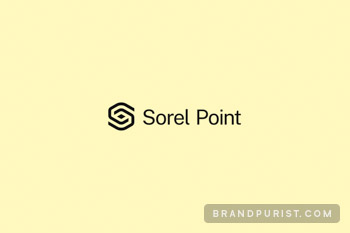
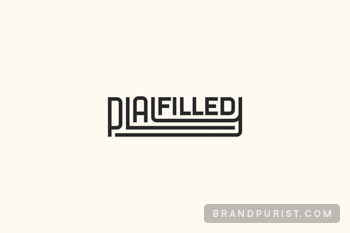
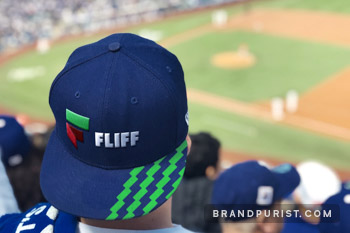
Our brand naming process
At Brand Purist, our brand naming process is both thorough and collaborative. Workshops and brainstorming sessions help us explore a broad spectrum of naming possibilities. This ensures the final name not only resonates with your audiences but also stands out from the competition.
-
Research
We start with a research phase to understand your industry and market. It’s helpful to learn from competitors’ naming successes and mistakes. We establish what kind of names resonate with your target audiences.
-
Strategy
The insights we uncovered feed into the brand strategy. We crystallise your brand purpose, core values and personality. These provide a foundation for your entire brand and also influence the direction of your brand name.
-
Criteria
We establish a criteria that your brand name needs to meet. Having a relatively objective benchmark keeps the creative exploration within realistic bounds.
-
Name generation
We generate lots of names, sometimes even hundreds. Though most names are discarded, this expansive approach often reveals unexpected gems. There are rare occasions when thinking through the brand name slowly and logically delivers a solution that’s just perfect, and also available as a domain name.
-
Assessment
Once we have a list of potential names, we test them in context. We write a few sentences with them and integrate them into visual templates, then evaluate these names against our established criteria.
-
Feedback
We gather feedback from key stakeholders on a shortlist of names. If the options don’t meet expectations, we repeat steps 4-6 until you’re happy, or hit the project deadline, or budget ceiling.
-
Design
Once we’ve identified a suitable name, the design phase begins. Ideally, the chosen brand name seamlessly translates into a meaningful visual concept.
Brand naming examples
Over the years, we have had the privilege of working with a diverse range of clients, helping them find the perfect name for their brand. From startups to established businesses, our portfolio showcases our ability to create names that capture the brand’s essence and leave a lasting impression.
Mind Detect
A rigorous process helped find the right brand name for Mind Detect. The name needed to align with the brand values of being adaptive, perceptive and honest. It also needed to be protectable and available to register as a domain address. The Mind Detect name met all of these requirements, and more: it also inspired a design solution with animations.

Spell Change
The name needed to be meaningful, energetic and in line with the brand strategy. ‘Spell Change’ captures the essence of the brand of ‘moving people, driving change and creating a better world. The name is short, memorable and gives the company a sense of credibility, right from the start.
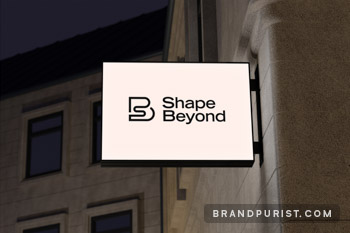
Shape Beyond
Naming is often the most challenging aspect of branding. We set ourselves strict deadlines to deliver an evocative name. The Shape Beyond name is the result of hard, collaborative work. It expresses the idea of transforming and shaping businesses, while going beyond expectations. It also captures the idea of nurturing future business leaders.



